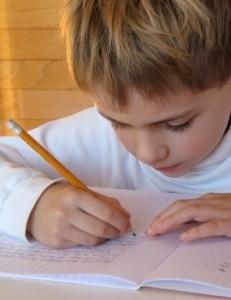 One of the skills I see kids lacking consistently is the ability to find information on their own. Resourcefulness used to come almost innately, but nowadays it’s missing in action.
One of the skills I see kids lacking consistently is the ability to find information on their own. Resourcefulness used to come almost innately, but nowadays it’s missing in action.
One of the ways I try to teach this skill is with journals. We use journals for just about everything in my class. Most of the journals are interactive, but some journals just contain information that needs to be learned over the course of time.
Here are a few of the ways I utilize journals across subjects:
My kids always journal after reading. Whether they are reading aloud during group time, or reading silently at desks or at home, my students journal after reading. They follow a format I have given them which includes the date, page numbers read, the characters they’ve read about, the setting or settings where the action took place, what the characters were doing and what they think will happen next. I encourage them to read the last journal entry before their next reading time to help jog their memory of where they left off. My students figure out quickly that in order for these entries to benefit them they must be concise and descriptive.
We journal math vocabulary, examples and facts to memorize. Students must know math vocabulary, but even more importantly they must be able to use those vocabulary words. Word problems can be like riddles if students do not understand which operations to use. They need to know that ‘more’ means addition, that ‘finding the difference’ means subtraction and so on. We also include examples of tricky concepts such as long division and finding common denominators, broken down into simpler steps so that students can refer to the examples for homework or when they have questions and are not able to ask me right away. I also give handouts which are glued into the journals for concepts that need to be memorized, like perfect roots, measurement conversions, prime numbers and basic multiplication facts.
Social studies journals help students keep track of vocabulary and time lines. We also record vocabulary words and definitions, especially for geography. For each lesson I have the kids summarize what we read about and record dates that we discussed. This allows for a comprehensive time line across units.
We create visuals in science to remind students about certain concepts. Photosynthesis? We use our colored pencils to show what it is and what happens during the process. The water cycle? We color each phase and summarize how it works. Each science section is recorded using pictures and tying the vocabulary and definitions is with each concept.
As my students add to their journals, they realize they will be using these journals to refer to on their own. They record things the best way they will remember them. These journals can be taken home as the students need them to use for homework, studying or research projects. These journals are also very beneficial to parents who are helping with homework.
How do you use journals in your classroom?





Leave a comment